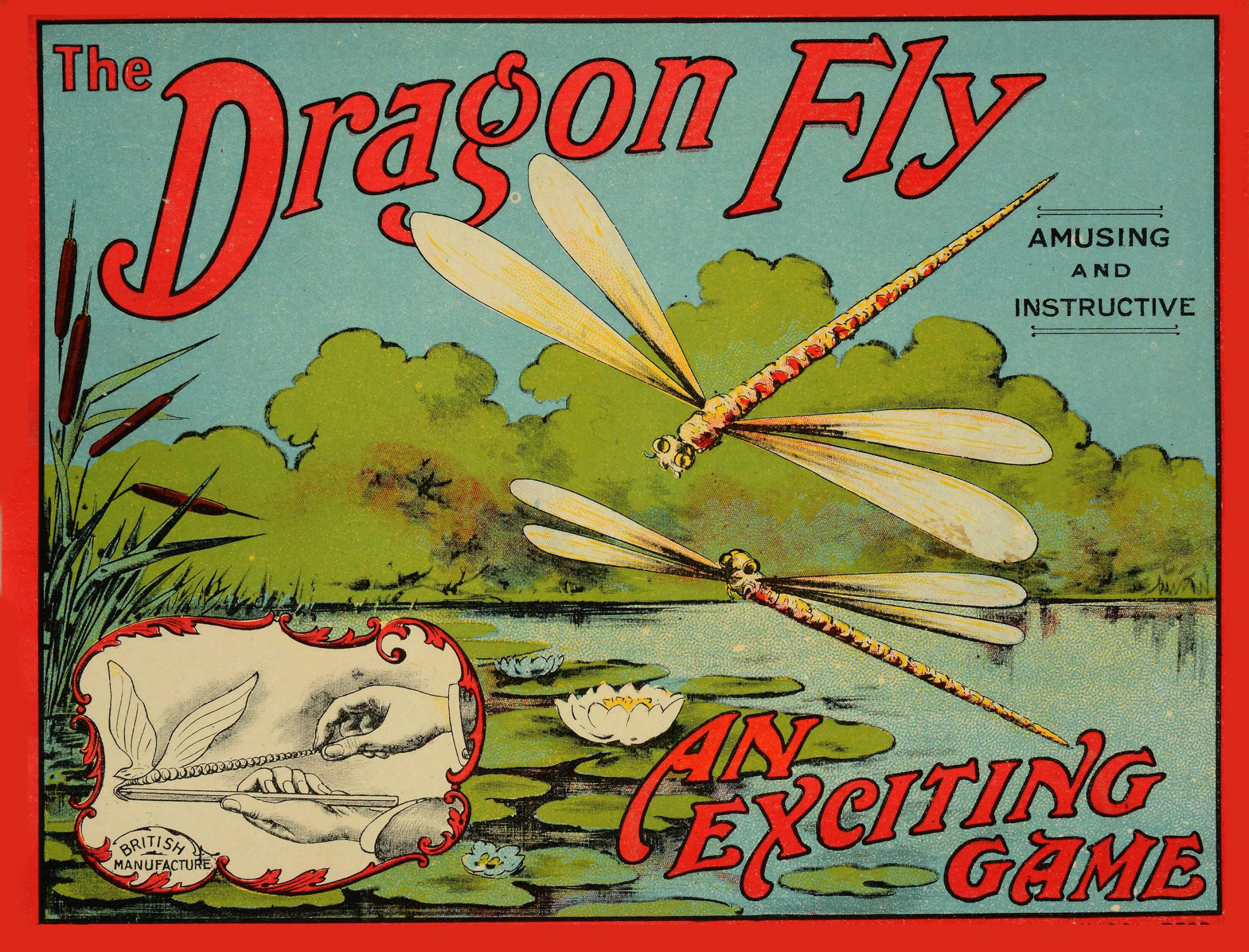
COPY 1/321 – Artwork for the advert of ‘The Dragon Fly Game’, 1912
Bugs and insects are vital for the health of the natural world and for making food. They pollinate flowers, fruits and vegetables for people to eat, and in turn they are eaten by animals higher up the food chain too.
The National Archives has insects in the collection but they are only drawings and pictures! In fact, real-life insects (called ‘pests’) in the archive documents would be a very big problem as they can destroy the fragile documents. At The National Archives, there is a special team of people whose job it is to prevent pests from damaging the documents.
Questions for documents:
These are common insects that you will find in your garden or local green spaces.
What do these insects need to survive? For example, what food do they eat? How do they nest/shelter?
Can you think of a place where you have seen them before?
Big Draw activities:
Go on an insect hunt around your garden. What insects can you find in different habitats, and how many? For example, under a log you might find woodlice.
Keep a record of what you have found – you could even draw each insect and keep a tally of numbers.
The RSPB have some top tips for you to read before you go on your hunt! https://www.rspb.org.uk/fun-and-learning/for-families/family-wild-challenge/activities/go-on-a-bug-safari/
Optional extension, if you’d like a project! Build your own bug hotel! The RSPB have also made a very clear set of instructions for this: https://www.rspb.org.uk/get-involved/activities/give-nature-a-home-in-your-garden/garden-activities/build-a-bug-hotel/
Craft activity: Create a nature collage from natural materials you found during your insect hunt. For example, this could represent all the habitats where you have found insects. You could even recreate your favourite insects from things you foraged!
